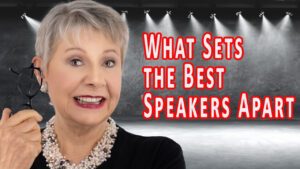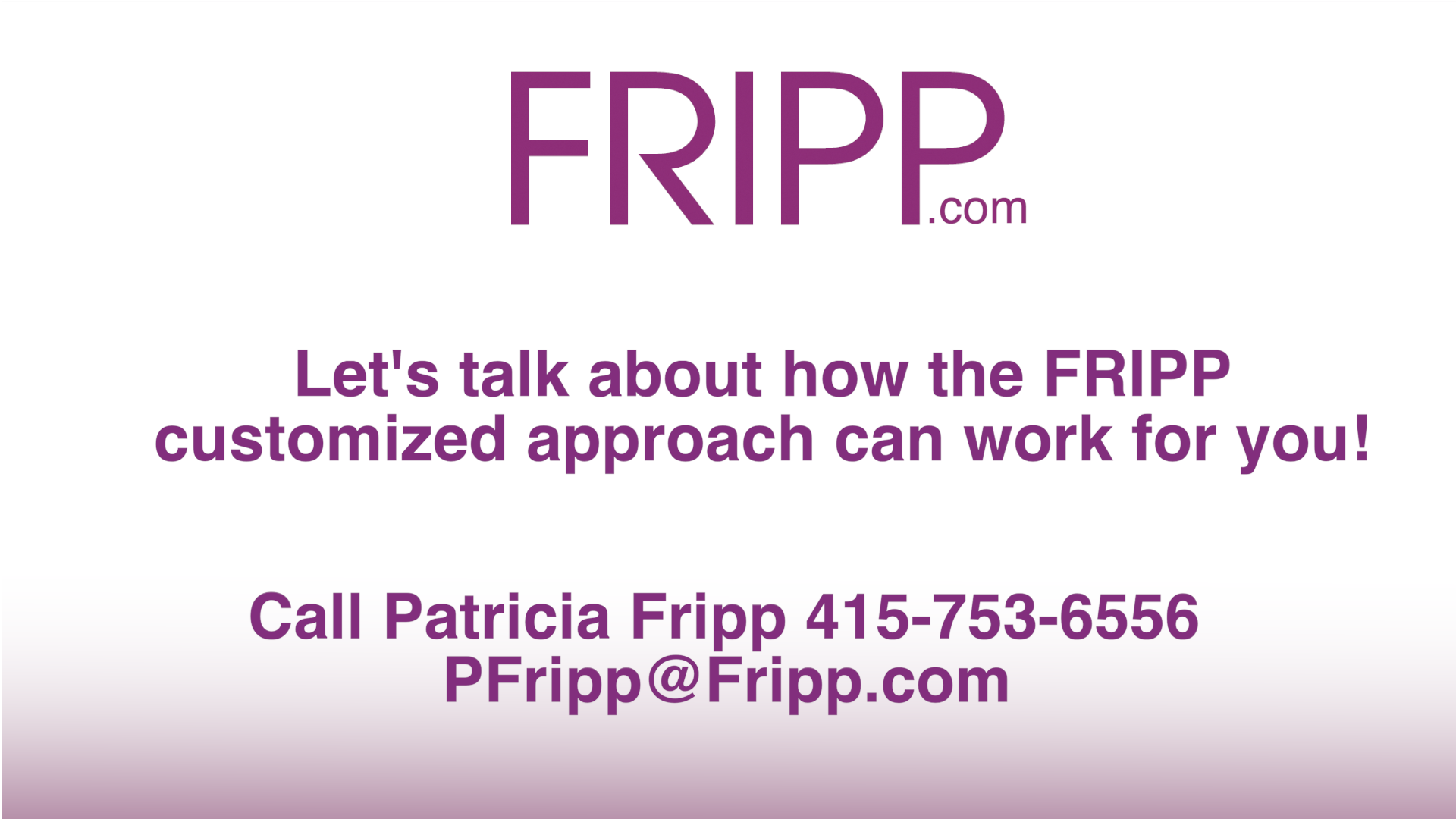“The Rule of Three” is a writing and speaking principle suggesting that a trio of events or characters is more humorous, satisfying, and effective than other numbers.
The trio format holds a unique appeal to audiences. The use of three elements offers brevity, rhythm, and a concise pattern that sticks in your audiences’ minds. with the smallest amount of information needed to create a pattern.
It makes an author or speaker appear knowledgeable while remaining both accessible and catchy.
Slogans, film titles, jokes, speaking techniques, and writing have been structured in threes, a tradition that grew out of oral storytelling.
For example, the classic “The Three Little Pigs,” “Three Billy Goats Gruff,” and The Three Musketeers. Similarly, adjectives are often grouped in threes to emphasize an idea.
The Latin phrase “Omne trium perfectum” (Everything that comes in threes is perfect, or every set of three is complete.) conveys the same idea as “The Rule of Three.”
While many speakers are familiar with the importance of the “Rule of Three,” its origins often remain unknown to them. We use this ancient mathematical law of proportion in ways we don’t even think about.
Abraham Lincoln learned it in his one-room schoolhouse. Even Aristotle, in his Art of Rhetoric, referred to “three types of speeches” and “three forms of proof.”
Lewis Carroll, in addition to writing the Alice in Wonderland stories, was a mathematician at Oxford who referred to “The Rule of Three” more than once in his writings. In his “Mad Gardener’s Song” he writes:
He thought he saw a Garden-door
That opened with a key:
He looked again and found it was
A Double Rule of Three:
“And all its mystery,” he said,
“Is clear as day to me.”
Irrespective of its mathematical overtones, the number three is truly magical. Speech coaches like me insist that people can most easily remember something if it is said thrice. Shakespeare used it in “Friends, Romans, Countrymen.” Thomas Jefferson used it in “Life, Liberty, and the Pursuit of Happiness.”
U.S. Marine Corps instructors teach that Marines should limit their attention to three tasks or goals. Comedians often use the rule of three effectively. Their first comment names the topic, the second sets a pattern, and the third unexpectedly switches the pattern, which is funny.
What does this mean for you? You can maximise your impact by distilling your message into no more than three significant points and reinforcing them in different ways throughout your presentation. Let the timeless magic of “The Rule of Three” elevate your writing, storytelling, and presentations.
In addition to the classic examples, numerous recent instances exist where “The Rule of Three” has proven its effectiveness in modern writing, movies, and books. Here are three noteworthy examples:
Suzanne Collins’s The Hunger Games Trilogy is a popular dystopian series that follows the story of Katniss Everdeen as she becomes a symbol of rebellion against an oppressive government. The narrative is structured around three books, each representing a different phase of Katniss’s journey: The Hunger Games, Catching Fire, and Mockingjay. This three-book structure allows for a compelling progression of events and character development.
“The Dark Knight” Trilogy by Christopher Nolan: Christopher Nolan’s Batman films are renowned for their dark and gritty portrayal of the iconic superhero. In this trilogy, the second instalment, “The Dark Knight,” is particularly notable for its use of “The Rule of Three.” The film presents three central characters who embody different aspects of Batman’s moral dilemmas – Batman, the Joker, and Harvey Dent. This trio creates a powerful dynamic, exploring themes of order, chaos, and the line between heroism and villainy.
TED Talks: TED Talks have become a global platform for thought leaders, innovators, and experts to share their ideas and inspire audiences. Many of these compelling talks utilize the power of “The Rule of Three” to structure their messages effectively. Speakers often present their main ideas or arguments in sets of three, providing a clear framework for the audience to follow. By utilizing this technique, TED speakers engage and captivate their listeners, making their talks memorable and impactful.
So can you. Do you need help? Remember, you have a good friend who is a great speech coach.
Why not talk with Patricia Fripp to discuss how you can gain a competitive advantage by improving your presentations?
“Patricia Fripp is a genius speech coach. Even for seasoned professional speakers.” Tracy Hooper, President, The Confidence Project
“As a seasoned speaker coached by Patricia Fripp has helped me deliver my game-changing message with more power and eloquence. My client testimonials and feedback prove it.” Ron Karr, CSP, Past President, National Speakers Association
“Your coaching and FrippVT helped us land one of our biggest sales ever.” Mike Stryczek, President & CEO, AB&R
“As a speech coach, Patricia Fripp is a miracle worker.” Larraine Segil, Chairman and CEO, Exceptional Women Awardees Foundation.
“I would have paid $3000 for a year of FrippVT.” Mitzi Perdue, Professional Speaker and Author.
“Patricia, words cannot express my gratitude for your superb scripting and speech coaching for my important acceptance speech. Needless to say, everybody told me, ‘The speech was awesome!!!’ It was obvious the entire audience was blown away and greatly impacted. The enthusiasm came from those who knew me and those encountering me for the first time. To think, from our first call to a memorized speech in four days. Thank you for your talent, care, friendship, and support! It truly means the world!” Kristopher Francisco

Need help for you or your team on improving important conversations and presentations? The Fripp Customized Approach will work for you. Contact Fripp today!


Although Lewis Carroll certainly knew about saying things in threes, but the Double Rule of Three actually is a technique of practical arithmetic, made clear as day by the following link to an old text:
http://books.google.com/books?id=ff82AAAAMAAJ&pg=PA136&lpg=PA136&dq=double+rule+of+three&source=bl&ots=QMyWVjHKqq&sig=DvreLwKlRP7wJkqzXJx_9dIe3z8&hl=en&sa=X&ei=wC-YT4WJFcfe2AWAjOSIBw&ved=0CEoQ6AEwBQ#v=onepage&q=double%20rule%20of%20three&f=false
Perhaps a better example of Carroll to use would be in The Hunting of the Snark: “What I tell you three times is true.” This advice also presages redundancy checking that is so common in modern computing.